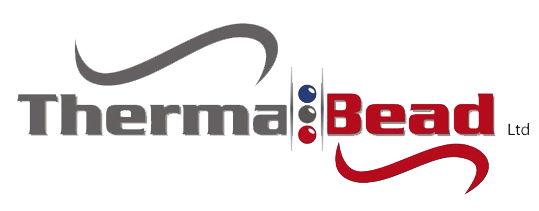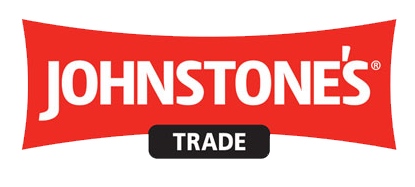Damp and condensation causes and treatments
The following damp and condensation causes are explained along with the solutions offered offered by Arrow Insulation.
But first, What is condensation?
Condensation occurs when warm air comes into contact with cold surfaces, or when the air contains too much humidity within your home. When this moisture-retaining warm air comes into contact with a cold surface, the air cools down quickly and releases the moisture, which turns into water droplets on the cold surface, such as windows or even walls.
Nomral activites such as cooking, washing and drying clothes, hot showers and breathing creates the humitidy. If that humitidy can not escape then it leads to condesation issues. It will first be noticed on windows but can develope on walls and ceilings too. This is why dryers are vented, bathrooms and kitchens have extractors.
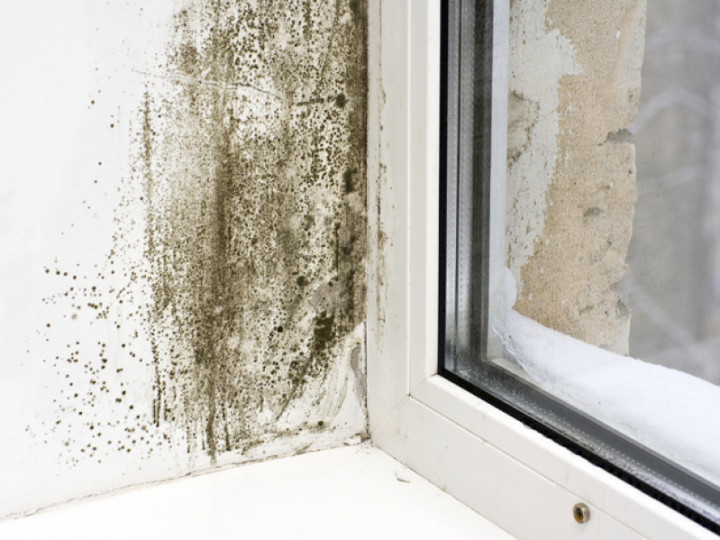
Cold, Damp or Mouldy Walls
If your home has cold, damp or mouldy walls and there is no cavity wall insulation, then the cold air in the cavity is creating a dew point on the inside of your internal wall.
The wall cavity is designed to separate the cold air from the outside and the warm air within the home with an air barrier between the walls in the cavity space. So when the temperature is cold there will be a dew point forming condensation on the inside of the external wall rather than within the home. But when the air in the cavity is also much cooler than the air in the home, this will cause a dew point on the walls within the home, therefore forming condensation.
By insulating the cavity walls with Thermabead, not only are you adding a thermal barrier to keep the home warmer but you are also removing the air from the cavity space and therefore a dew point on the inside wall will not form condensation. Thermabead also allows the home to naturally breath through the beads to prevent condensation.
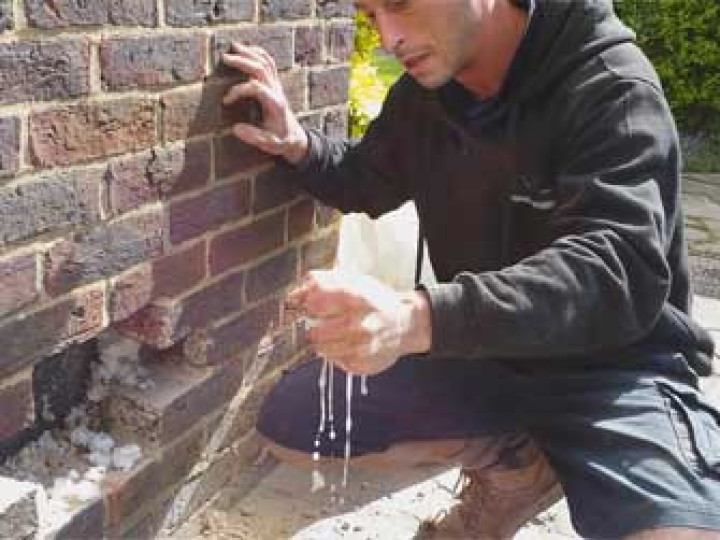
Signs of Wall Dampness
If your home has had cavity wall insulation in the past and the walls are showing signs of damp, it is likely that the insulation is water logged.
Your brick work is naturally porous, even more so with wind blown rain being driven against the more exposed sections, generally to the south west. This allows water into you cavity space. If the insulation within the cavity is a blown fibre or wool based insulation it will absorb that moisture and allow the water to cross the cavity and will be held against the internal wall causing damp. The insulation will also start to drop within the cavity, causing voids, which in turn will cause condensation. Similarly there is an old foam cavity insulation which over time degrades and forms large voids allowing bridges for water to travel across as it also will lead to condensation issues.
These insulations can be removed by us and replaced with Thermabead, which does not absorb any moisture or create voids within the cavity for condensation.
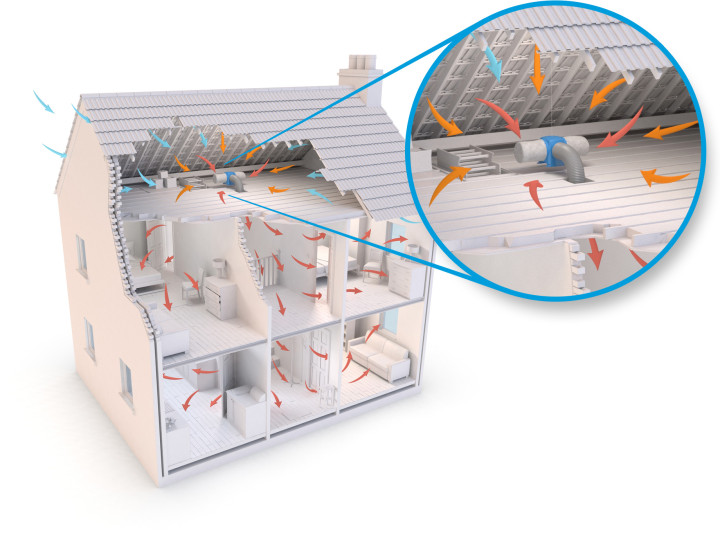
General Condensation Issues
If a home contains too much moisture in the air through domestic activities, whether it has or has not been insulated, it may not be able to vent the humidity out of the home before condensation builds.
For this we can install a Positive Input Ventilation System (PIV) to draw in fresh filtered air and push it through the home to be vented out. This ensures that a continuous supply of air is supplied into the home to eliminate or significantly reduce condensation. These are very cost effective and great solution to remove moisture and harmful stale air from the home to prevent condensation buildup. They provide a controlled way of ventilating a home while minimising energy loss. They reduce the costs of heating ventilated air in the winter by transferring heat from the warm inside exhaust air to the fresh (but cold) outside supply air.
We can install these into your attic space with only a vent seen in the landings ceiling.
Brands We Work With
We only work with the best brands in the industry


